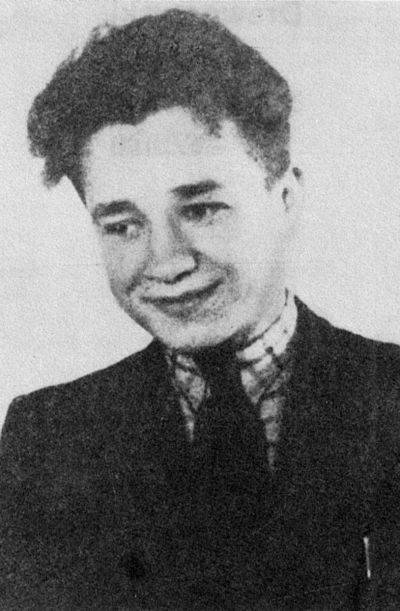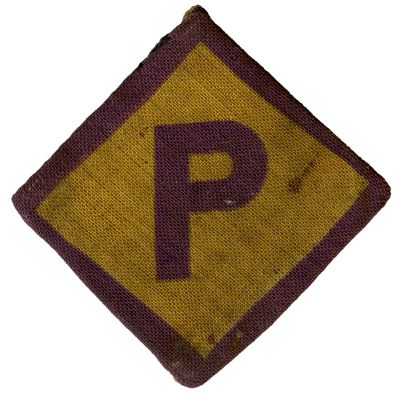Tadeusz Borowski

People say Borowski’s experiences in Auschwitz fundamentally influenced his later writings on the system of mass annihilation. However, it was principally it was roughly the two years he spent in Germany that turned him into a prose writer. Borowski’s first works were written during his time in Munich and were only later recognised as part of Polish and world literature on the Holocaust. Between September and December 1945 he joined forces with Janusz Nel-Siedlecki and Krystyn Olszewski to write the short story We were in Auschwitz, that depicted his view of the camp. According to Tadeusz Drewnowski, the highly respected expert on the life and work of Borowski, We were in Auschwitz is a sort of insight: “we try to get a grip on the scope of the crime from the information, memories and tales that reveal the mechanisms in the camp, and portray the largest possible number […] of phenomena typical of Auschwitz.” From then on Borowski attempted to counter this with “a coherent ideal vision… which culminated in the novels and short stories he wrote between 1946 and 1948.”
Borowski’s correspondence during his time in Germany is clear proof that this is what shaped his perspectives on the camps. Here he was hearing, reading and taking notes from other prisoners’ reports. Shortly after leaving Freimann, he heard from a certain Stanisław Wygodzki who had lost his wife and daughter in the Jewish transports between Sosnowitz and Bendzin. The result was This Way for the Gas, Ladies and Gentlemen (it was originally to be called: Transport Sosnowitz-Bendzin). In addition, Borowski also created the character of the overseer, Tadek, – the narrator in his tales – in Munich. True we do not know what Borowski’s character was based on, nor do we know how Borowski saw the relationship between Tadek’s life and his own experiences as a prisoner in Auschwitz. But we do know that all this must have taken place in Munich before the young author of A Day in Harmense returned to Poland.
The letters Borowski wrote in Munich bear witness to the fact that his stories are the result of a virtuoso artistic intuition and an immense intellectual discipline in distilling the core of what happened in the Nazi concentration camps. Borowski’s reality did not correspond to any historical reality. In his search for an appropriate style and intellectual perspective he chose to write in the style of John Steinbeck and Ernest Hemingway, mixing it with irony, elements of the grotesque, contrasts and sarcasm.

















